
A show about relationships with the land
There are many ways to listen to the show: Listen live on CFRU 93.3 fm broadcasting from the University of Guelph Mondays at 6pm EST or listen to the podcast via Spotify, Apple, or just follow the rss feed.
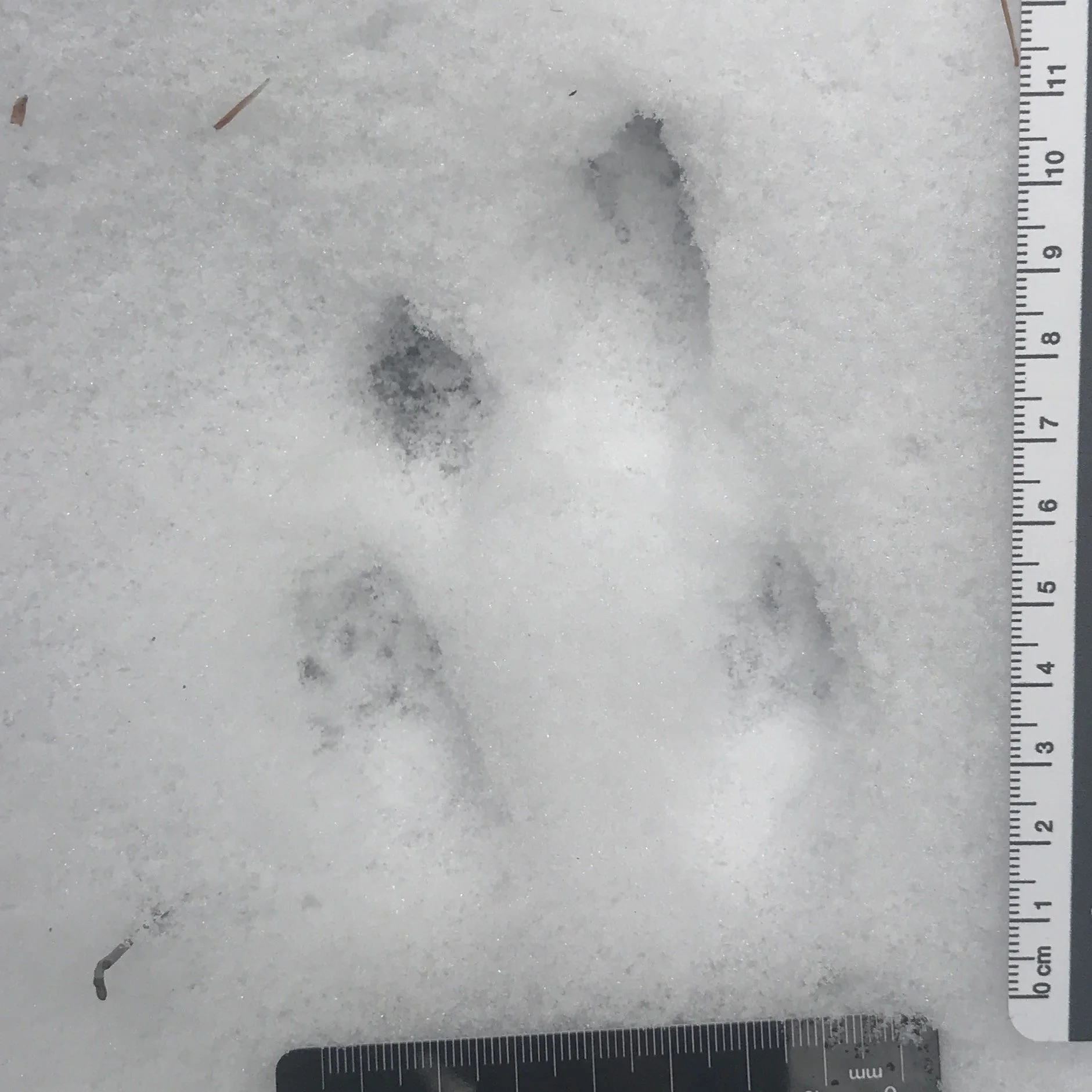
Ep. 278 : Getting to know Southern Flying Squirrels
While out tracking in the new snow the other day I came across some relatively small tracks, reminiscent of a Chipmunk. It took a second before I recognized them as Southern Flying Squirrel tracks.
I have been encountering Southern Flying Squirrels in various ways for a few years, including tracks, scat, feeding sign, live sightings, and I even pet one once, but through all of this, I didn’t know much about them. Hence, inspired by my recent tracking outing, I figured I would take some time to get to know the Southern Flying Squirrel a little better. Hopefully we can learn a little more together.
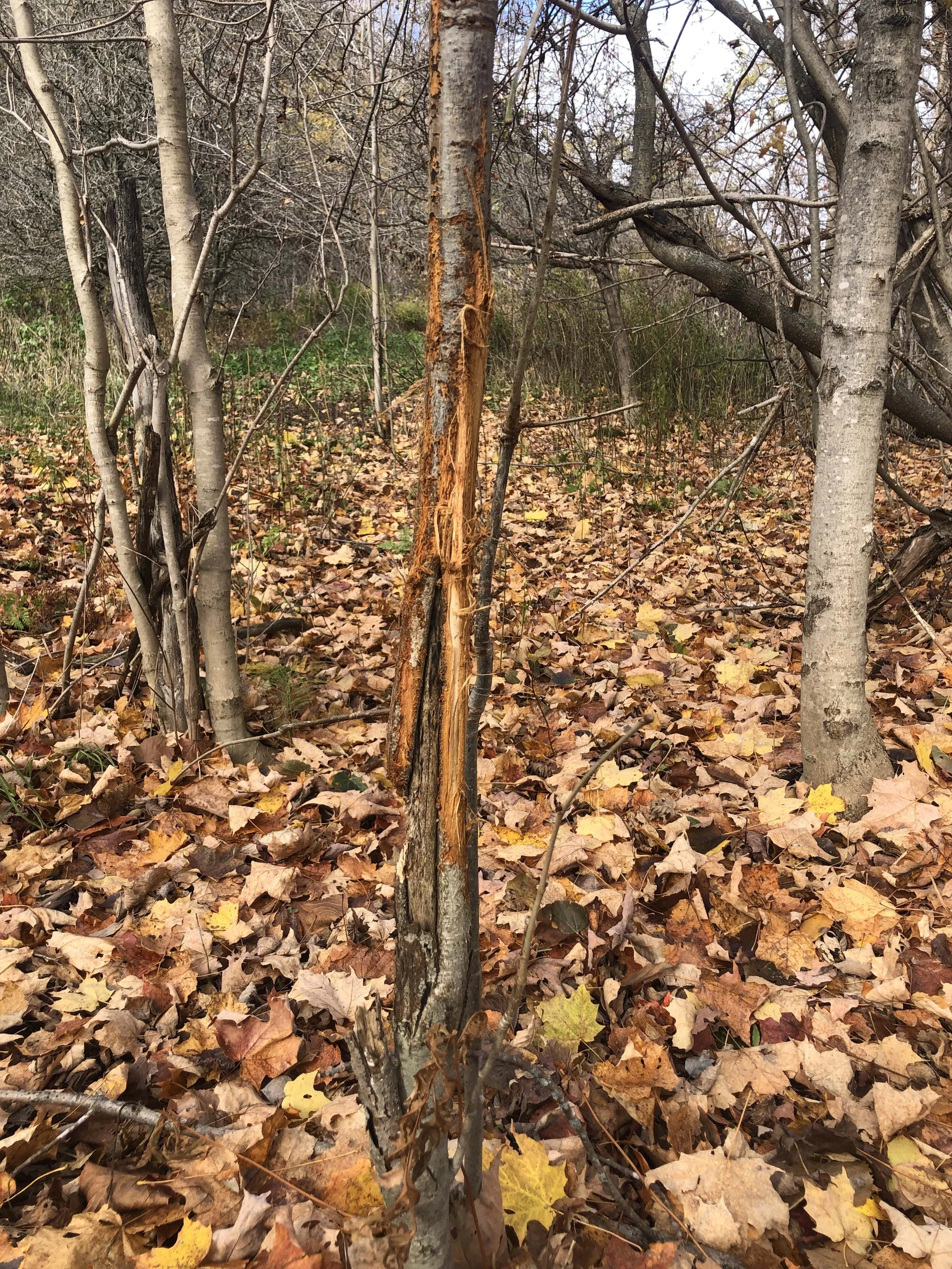
Ep. 277 : Signs of the White-tailed Deer Rut
While tracking White-tailed Deer at Mono Cliffs with the Earth Tracks apprenticeship, we saw lots of signs of the rut and the subtle ways deer communicate. We studied three main signs: scrapes, rubs and lick branches. Together, these clues form a multisensory language of scent, sight, and even ultraviolet signals that share details of identity, territory, and mating readiness. These clues along the trail are a real insight into how deer express themselves across the landscape in ways most of us overlook.
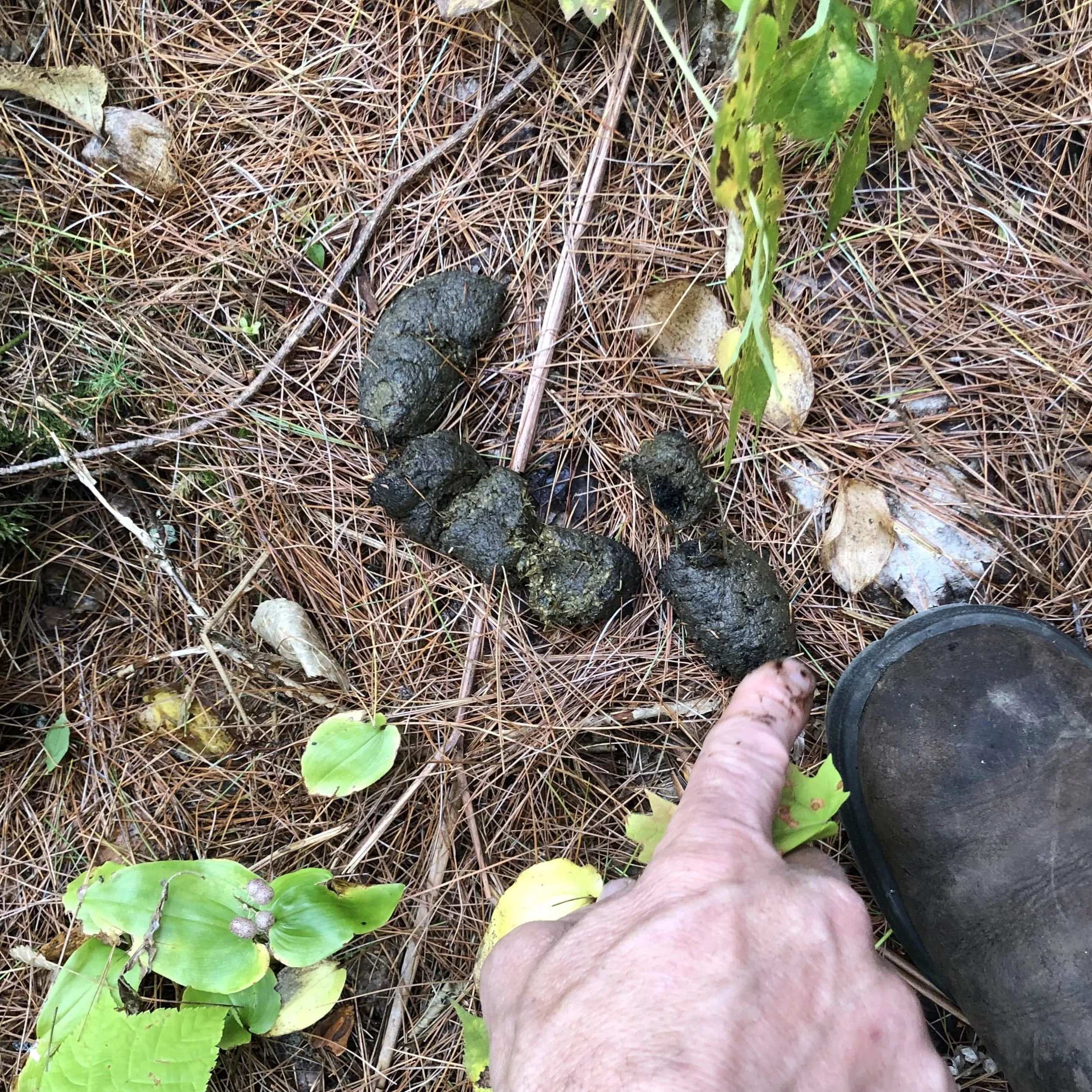
Ep. 275 : Once Upon a Black Bear Scat
It isn’t often that I get to see bear scat down here in Guelph, but in Parry Sound, there are many Black Bears, and while visiting the Sound for a trailing workshop, we came across some of their scat.
Even if we don’t get to see the bear, their scat was plenty enough to get me thinking about the plants their consuming, how their digestion works, and how their being themselves impacts and plays with the land they make up and inhabit.
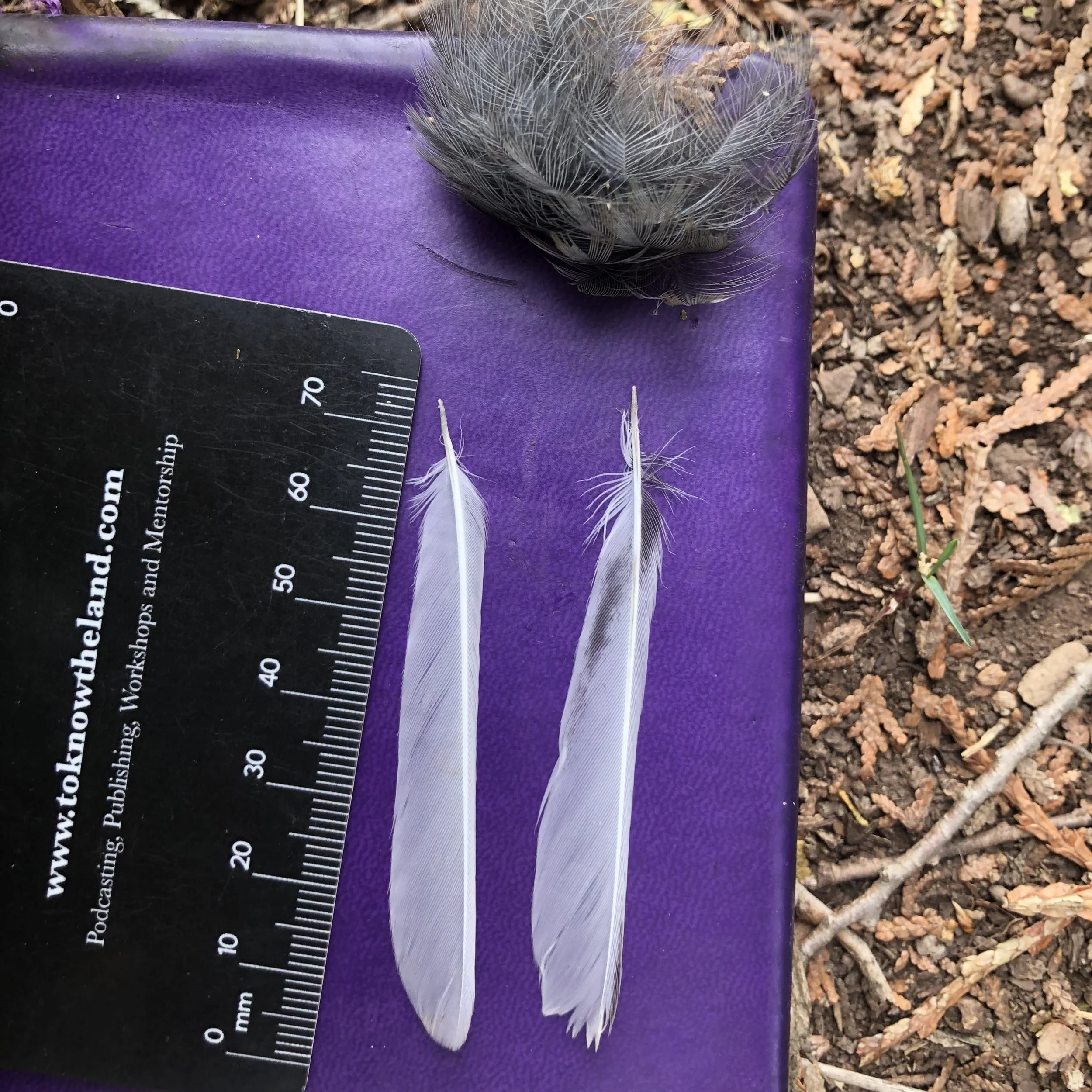
Ep. 268 : Do Deer Mice Eat Birds?
It started with a little hole at the base of an Eastern White Cedar tree, and a couple of seeds. Who had collected and consumed the contents of the seeds? What about the feathers? And the boney remnants of bill?
Join me as I go deep down a Deer Mouse hole.

Ep. 265 : The Legs of the White-tailed Deer
I have found sign of three dead White-tailed Deer in the past three weeks. One, killed by Coyotes. Another, hit by a vehicle, found on the side of the highway. And also, I found a White-tailed Deer leg while trailing a Coyote. All of these encounters have been teaching me a lot about the legs of the deer and I wanted to look a little bit deeper into these moments, and to share the stories.
I go on to detail what I have been learning about the legs, especially in the context of the hind legs, about the glands located there. Of course, you can read the blog post, or you can learn a little bit more from listening to the show.
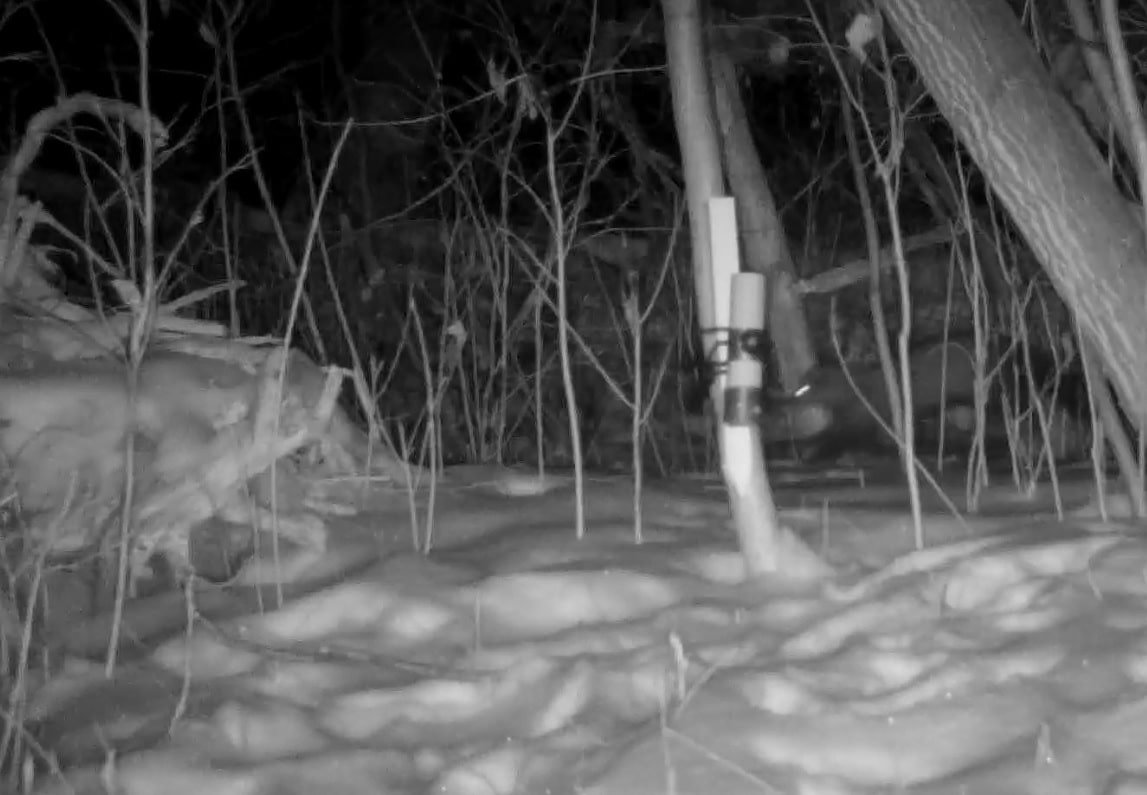
Ep. 264 : A Fisher in Edmonton with Sage Raymond
Fishers aren’t known as an urban adapted species. They tend to avoid our built up landscapes and prefer mature forests comprised of old trees with cavities and lots of course woody debris (think of big piles of dead branches and fallen logs). Because of this Fishers avoid our cities… or so we thought.
Sage Raymond is a researcher who studies urban adapted Coyotes in Edmonton. While out checking some trail cams intended to catch Coyotes on the landscape, she happened across a Fisher trail in the snow. Sage realized that this was a very unusual circumstance and wrote a paper about it. Thankfully, she agreed to talk about her findings on the show.
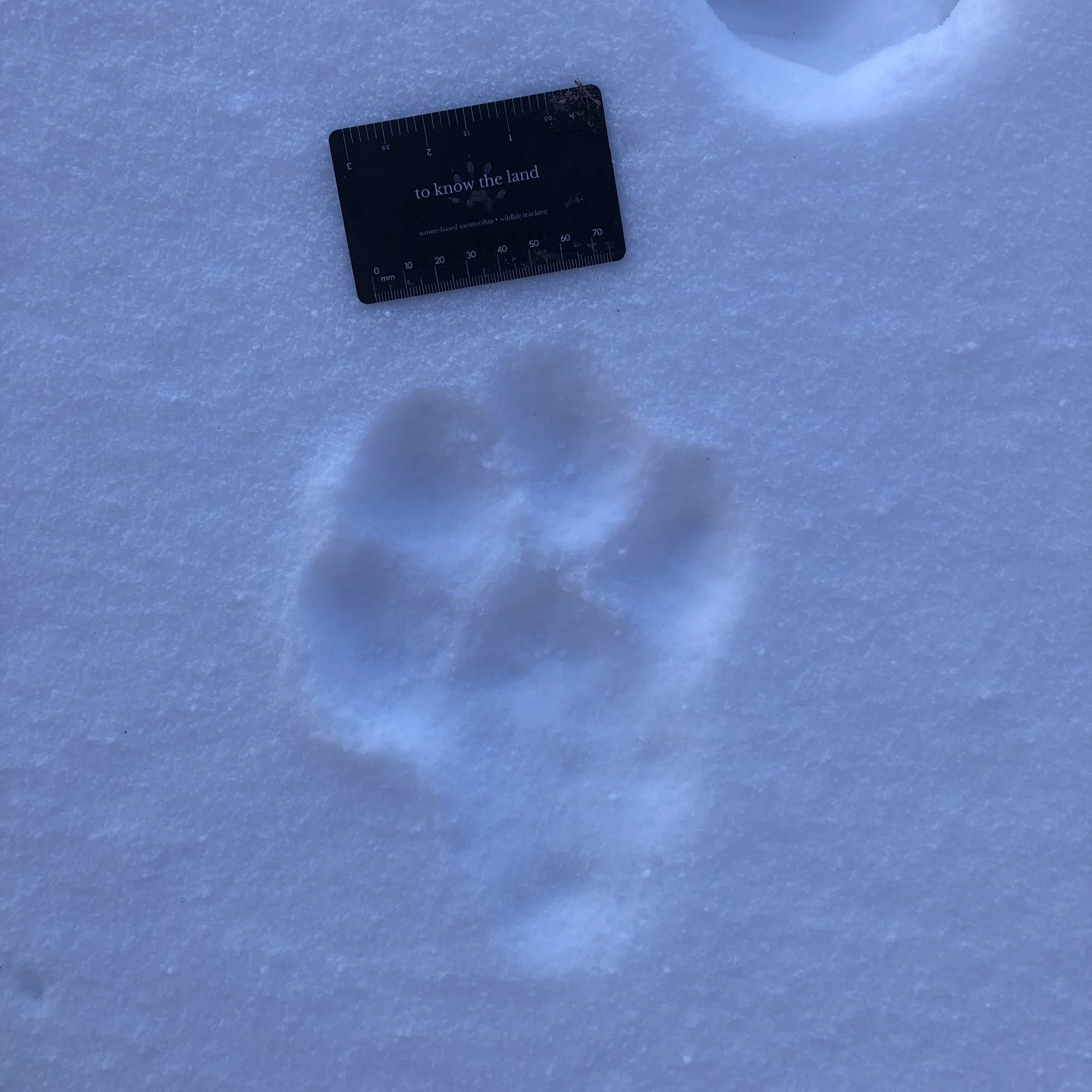
Ep. 261 : Trailing Lynx at Elk Lake
I just got home from an amazing week away trailing Lynx. It was an amazing time and I had a ton of fun. We trailed Lynx for days, as well as get on some trails of other animals. There are so many stories to tell and so much to integrate over the next few weeks, but I wanted to share some highlights of these weeklong tracking expeditions.

Ep. 256 : Apple Scat of Coyotes and Red Fox
In the later part of the Summer, I was walking with my friend and colleague Tamara when we came across some scat with Apples in it. I can’t remember what brought it up but she mentioned that she has seen more scats composed mostly of Apple left by Coyotes rather than by Red Fox. This got me wondering.. who eats more Apples, Coyotes or Red Foxes? This question began a weird hook in my mind, and everytime I noticed Apples, Apple based scat, Coyote scat or Red Fox scat, the question would come to mind.
I decided I would go for a walk and try and measure a ton of scats, look for evidence one way or another and see if I could get any closer to an answer. Ended up making the show about this question.

Ep. 252 : Mussel Midden Mystery
While teaching up at the Lodge at Pine Cove this past weekend we came across lots of tracks and sign. But there was one bit of sign that was really annoying me… something I wasn’t sure about. There were mussel shells laying about all along the rivers edge. Along the beach, the rocky cove, and all across the depths of the French River. They had all been opened, most split at the hinge, some cracked, many fragile and crumbling apart when put a bit of pressure on them. Someone had been feeding on these mussels for quite a few years it seemed, and I wanted to, maybe even needed to, figure this mussel mystery out.

Ep. 248 : Fate of a three-legged Coyote with Joey Hinton
While looking into possible Red Wolf genetics found in a Coastal Louisiana Coyote populations, biologist Dr. Joseph Hinton set a trap. Sadly, when a Coyote, later named LA25M was caught in this trap, his leg was irreversibly damaged. Joe decided to bring this Coyote to a vet and get the leg amputated, an unusual procedure when working with study animals, but possibly better than euthanizing the canid. Shortly after the surgery, the LA25M was released with a radio collar and monitored to determine his use of territories. Turns out this Coyote did quite well, regardless of the amputation.
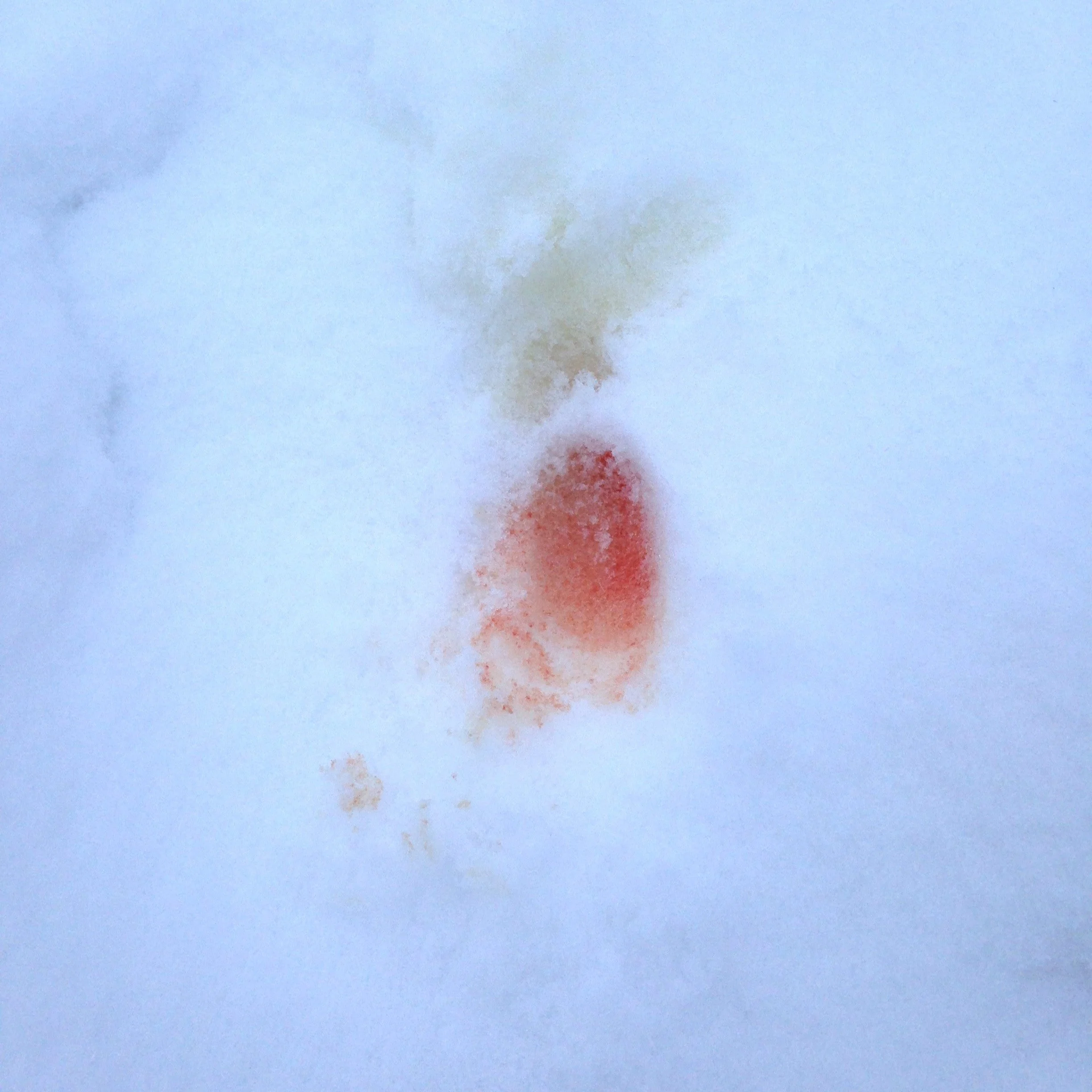
Ep. 234 : Courting Behaviours of the Eastern Coyote
It’s that time of year again, when the animals are getting out and getting down. While driving home the other day I drove past a forest where I had once trailed a part of courting Coyotes and realized that now is the time we will be seeing these courting behaviours. I had written about them before, but it was worth revisiting as it will likely be coming up on the land, and in my classes.

Ep. 233 : On the Fisher Trail
Once again I have been inspired by the Fisher to dig a little deeper into their ecologies, behaviours and the signs they leave behind. There is always so much to know that another show about them, relating another story of following the Fisher trail seemed worthwhile.
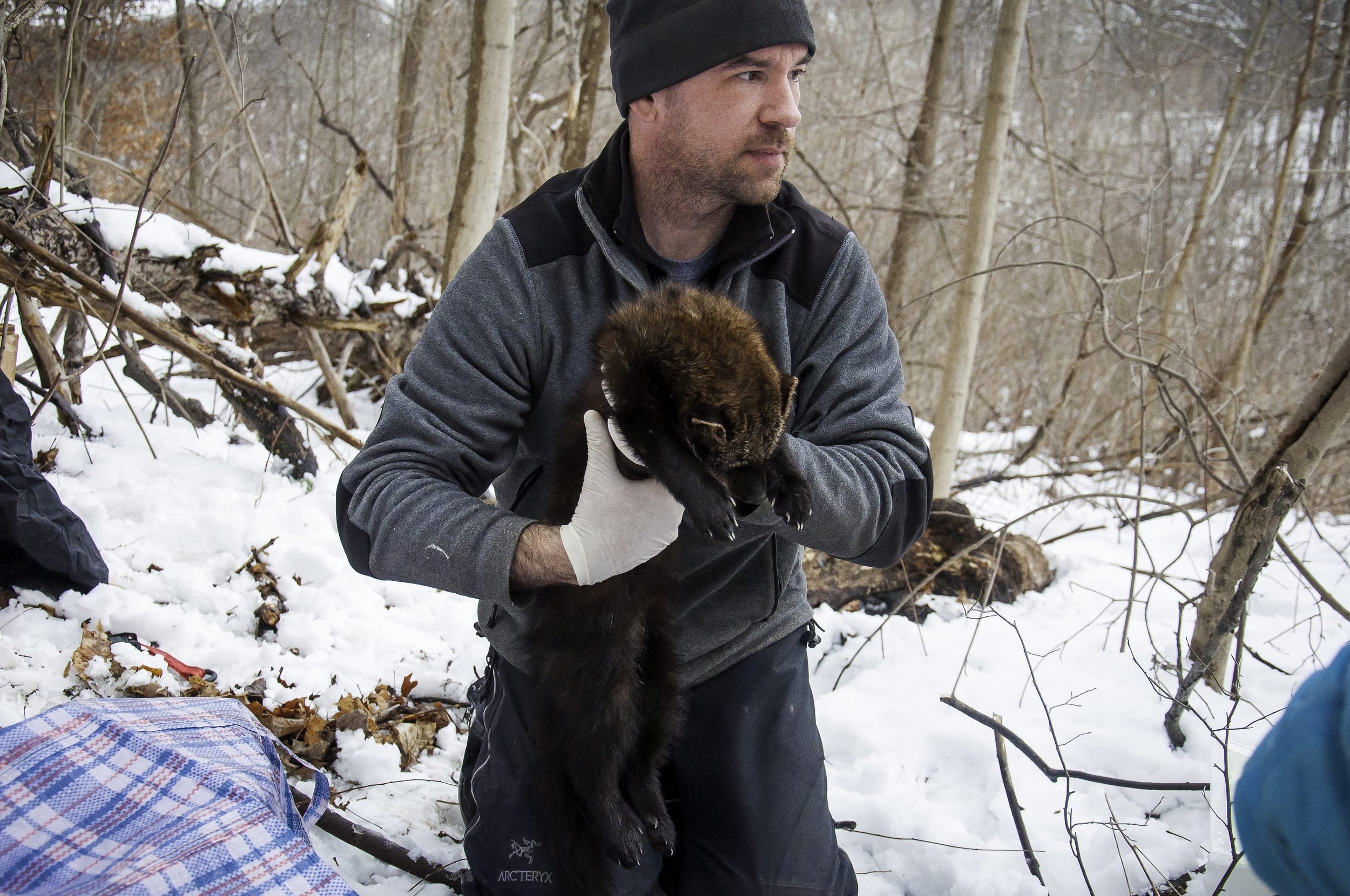
Ep. 211 : Fisher Researcher Dr. Scott LaPoint
Recently while tracking a Fisher in Algonquin Park we encountered a large galloping trail that had a long stride length of 106 cm (41¾ in). This was about 28 cm (10 in) longer than what is recorded in Mark Elbroch's “Mammal Tracks and Sign” (Stackpole, 2019). When I finished measuring, I was discussing this extraordinarily long stride with some colleagues. They told me about a National Geographic article, based on a paper about increasing body sizes and range expansion of Fishers in the Northeast. I was immediately interested. When I got home from Algonquin, I looked the paper up. I read the abstract but I had to find out more so I wrote to the author, Dr. Scott LaPoint, to see if he could help answer my questions and be game for an interview. He was in.
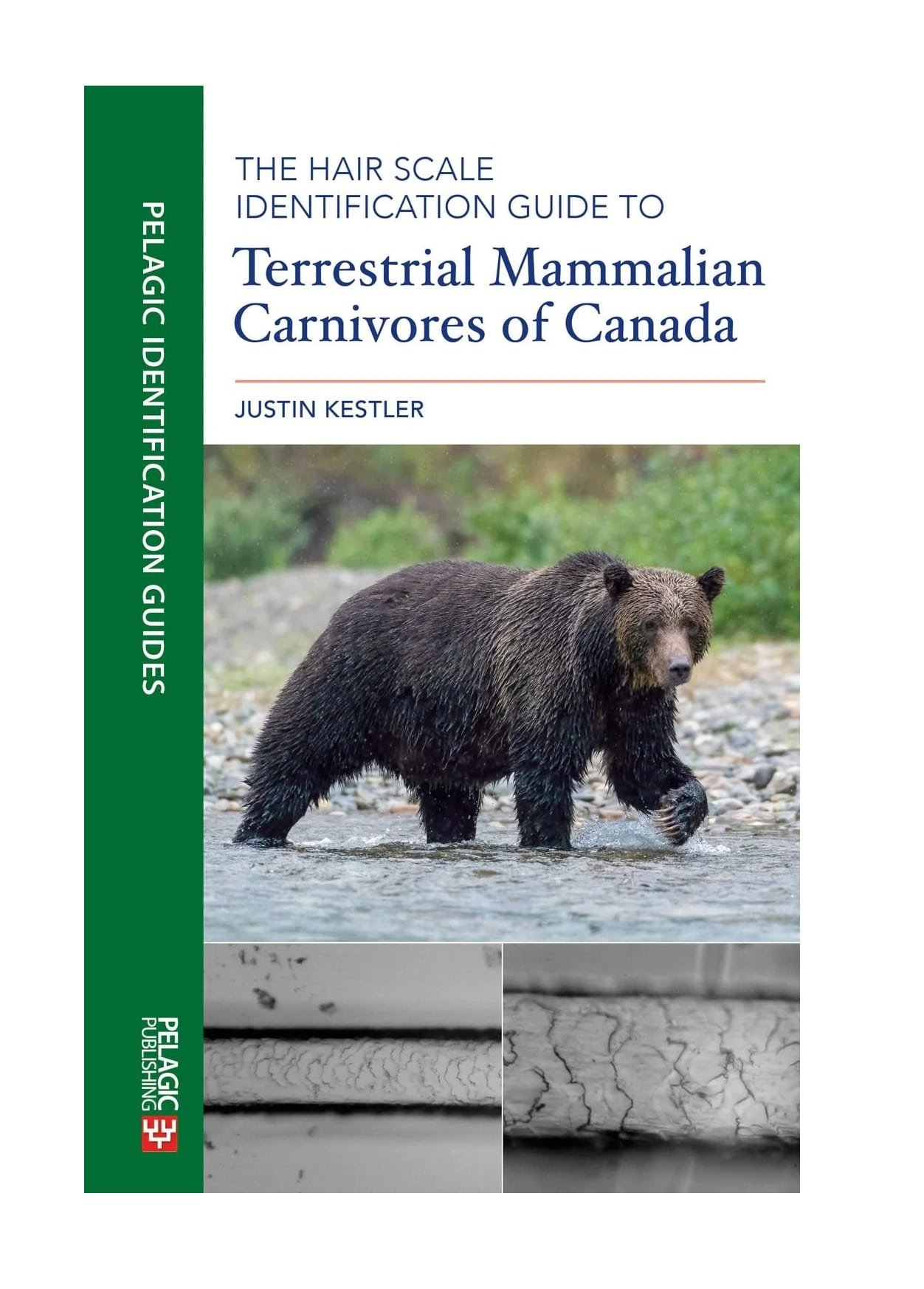
Ep. 196 : Hair Scale Identification Guide to Terrestrial Mammalian Carnivores of Canada with Justin Kestler
Justin Kestler and I got to talk about his new book The Hair Scale Identification Guide to Terrestrial Mammalian Carnivores of Canada. This concise book is a quick guide to interpreting the origin of hairs based on the morphology of scales along the cuticle (outer side) of the hair. It’s not like a fingerprint per se, which attempts to identify an individual human, but instead may help to identify a species. This is because the scale structure is different across species but not so much individuals of that species. Make sense?
We talked about the process of documenting the hair scales, acquiring the hairs, and a bit about ecological traits which might be indicated through the characteristics of the hairs. It was really fun to nerd out about the finer details of hairs. The book, and the interview have really pushed me to keep a hair journal and begin looking for a microscope. Maybe in the future…
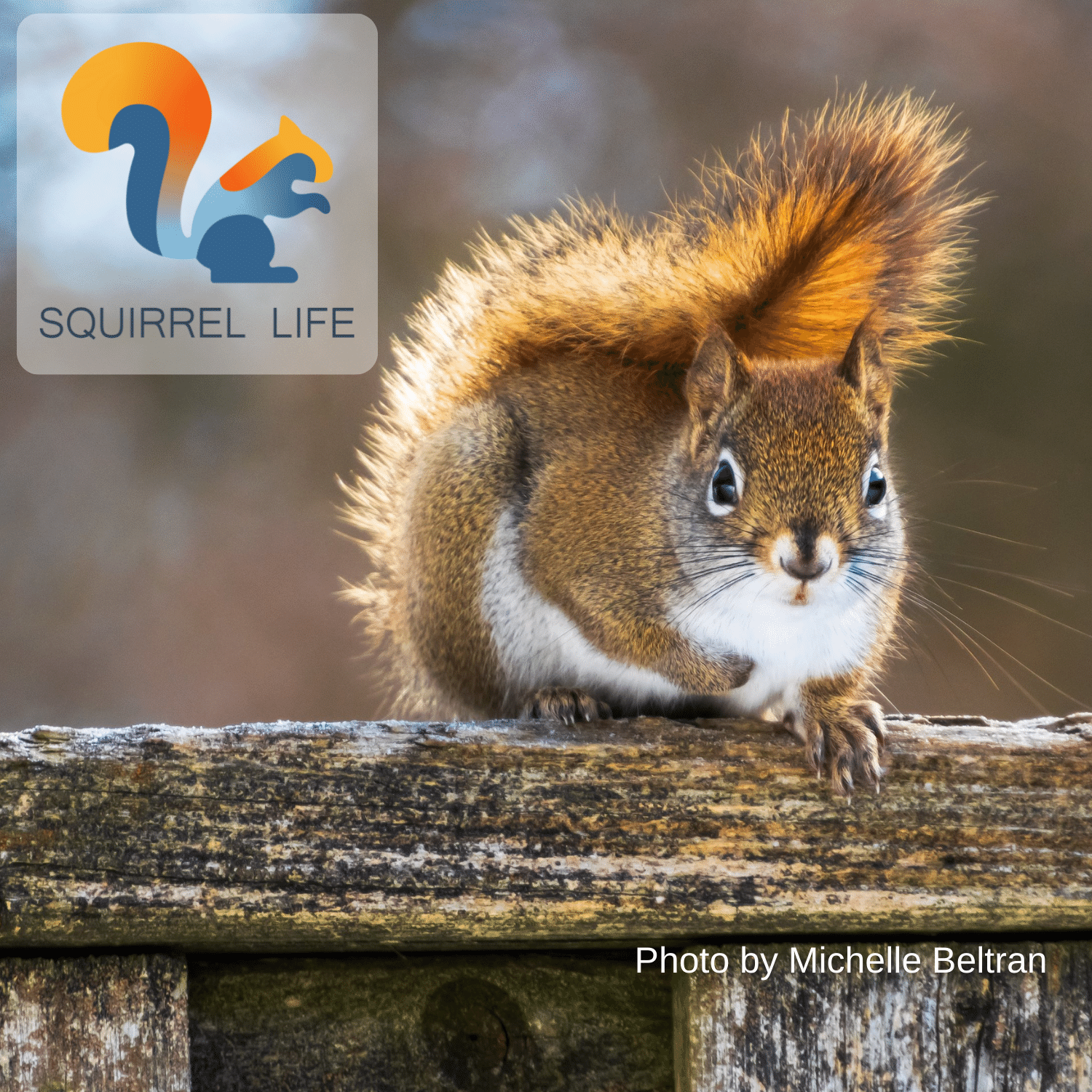
Ep. 186 : Squirrel Life Project with Elizabeth Porter
Birdwatching is obviously a thing as birds are everywhere, loud, demonstrate interesting behaviours, and they are often brightly coloured. Squirrels too are everywhere, loud, and demonstrate interesting behaviours. They aren’t brightly coloured, but their brindled, black, red, brown, grey, or even white in the case of some albino individuals at Trinity Bellwoods downtown Toronto, are still a joy to observe. So why not take up Squirrelwatching?
Elizabeth Porter is the project coordinator for the Squirrel Life project which is developing an app to collect community sourced observations of Squirrels and their varied, interesting and often comical behaviour and then enables future researchers to access the shared collected data for their research. It’s a project with many aims including getting folks outside to observe wild life close to home while encouraging a closer look at varied Squirrel behviours which are happening all around, all the time. Along the way, Elizabeth is looking at how to communicate scientific research and findings with broad diverse communities. A great goal.
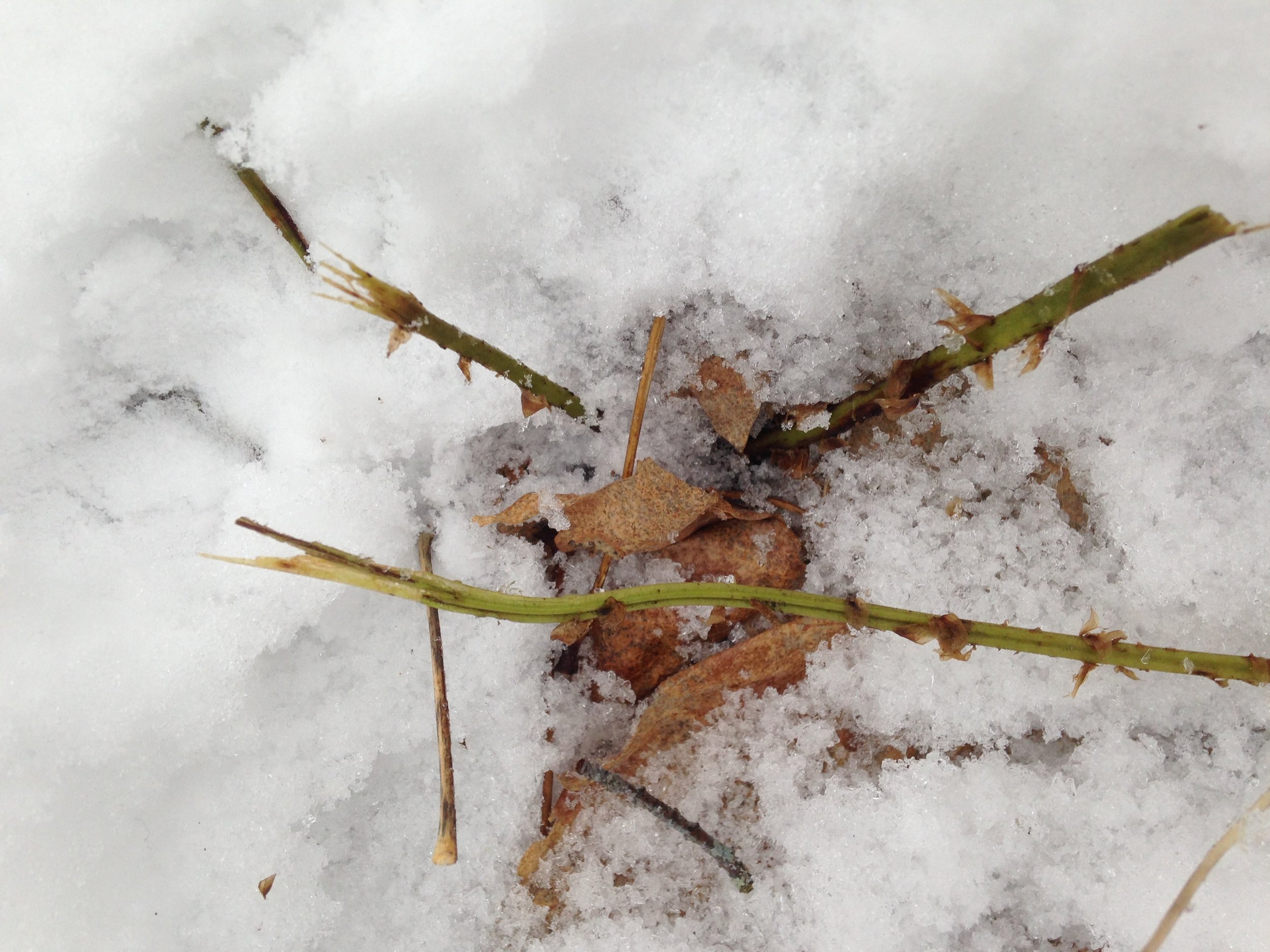
Ep. 183 : Follow The Food
Knowing the plants who are in relationship with the animals we track can help us find the animals we want to learn about. They can point in the direction of where the animals are going or where they will be going. They can show us if we are in the right environment or if we need to keep looking.
This episode is pretty much a story of a recent afternoon spent tracking in the Lake of Bays region, just South West of Algonquin Park, where we spent a few hours following the food and then finding the animal.
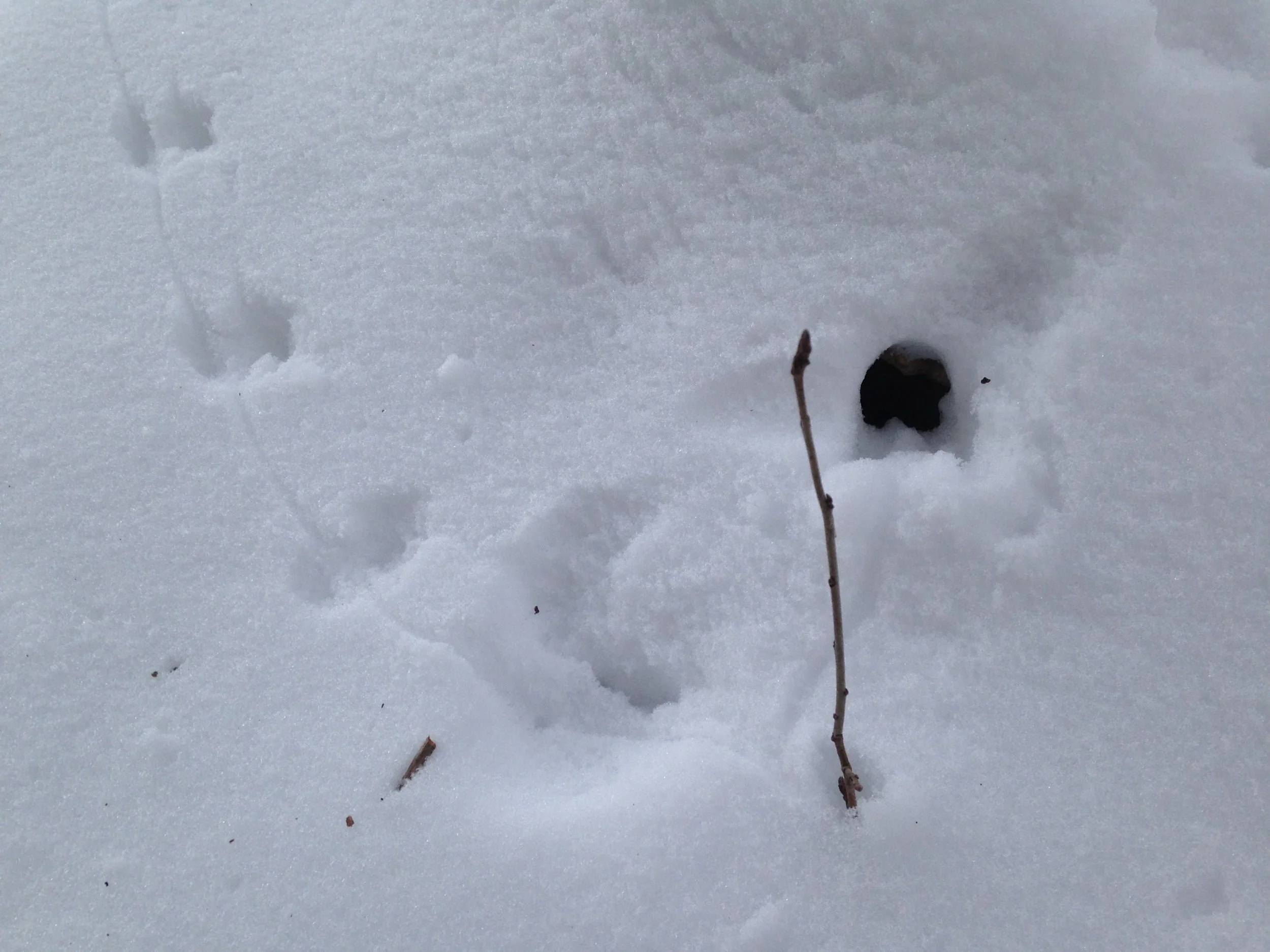
Ep. 182 : Deer Mouse and Song Sparrow
I have been tracking Deer Mice a lot lately, and trying to learn a little bit more about them through their tracks and all the questions that come up. What are they eating right now? How can I tell them apart from Voles and Shrews? How many live together in the Winter? Who ate this one’s brains? You know, the usual. I have also been looking at bird tracks a bunch, especially in this past week, when I noticed a Song Sparrow feeding on the withered stalk of an uncertain forb on the side of a new gravel road near where I work. It was fun to go and see the work the Song Sparrow had done, and wonder at all the debris that remained. Who knew there’d be so much to look at and wonder about?

Ep. 179 : Northern River Otter
A friend told me that someone in their small village had spotted a Northern River Otter (Lontra canadensis) in the same river the passes through the city where I live. This is the closest sighting of a River Otter to my neck of the woods I have ever heard of. I was so excited that I ran to my desk where I had all of my mammal books out anyways, and flipped to the River Otter entries and started learning.

Other platforms where you can listen to the show :
As well as : Pocket casts : RadioPublic : ListenNotes : Podcast Republic


